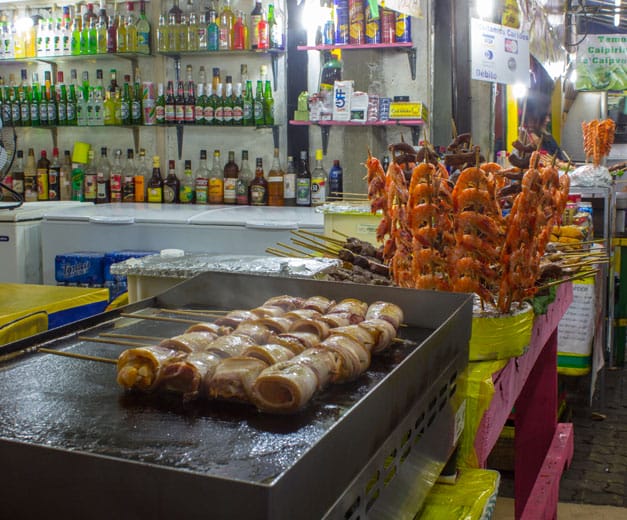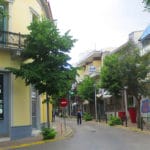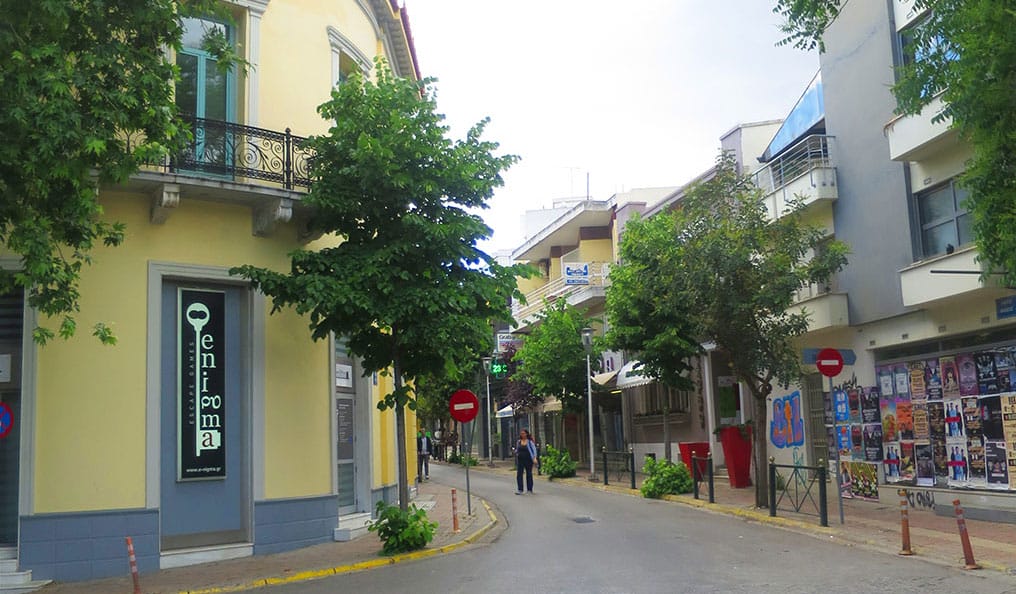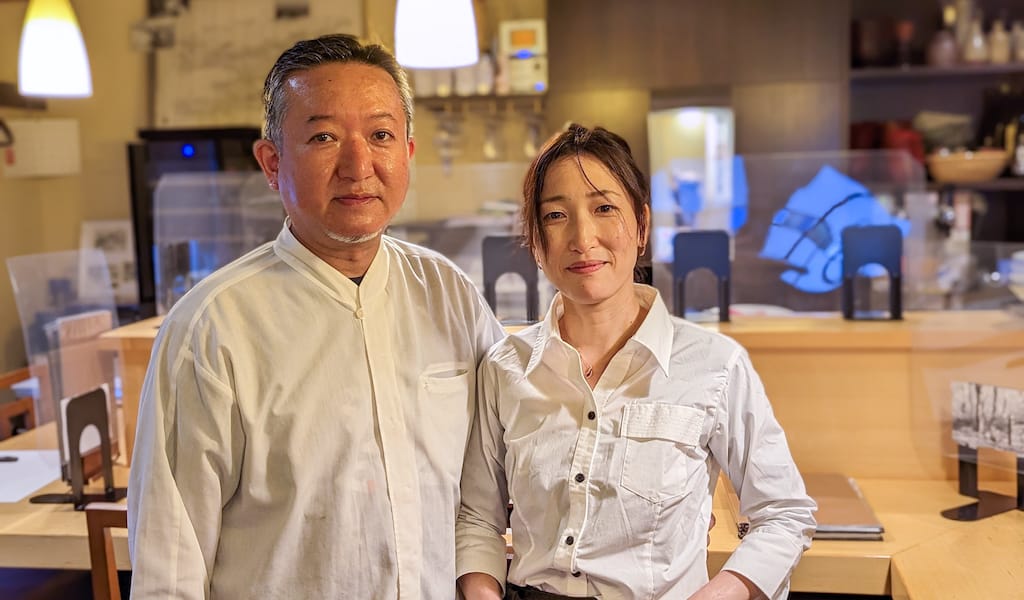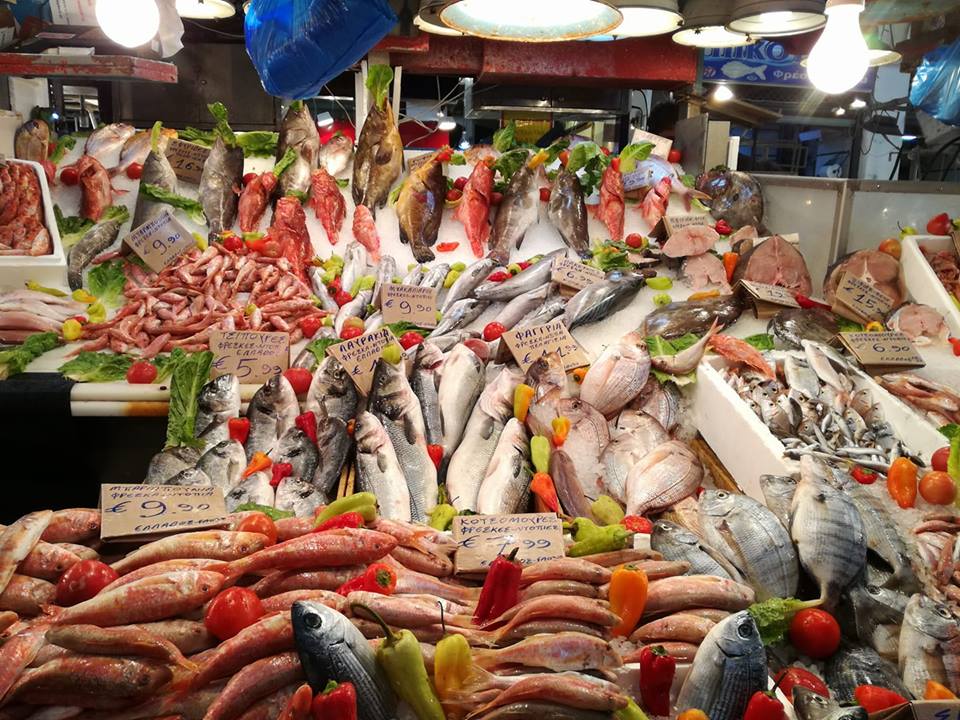Let’s say you have only two or three days in Rio. You want to experience a little real Brazilian culture and don’t want to restrict yourself to the obvious tourist stops, overhyped bars and restaurants or usual “gringo” nightlife spots. Our recommendation? Spend a night or day – or both, even – at Feira de São Cristóvão.
The feira, which means “fair,” is organized by people from the northeast (nordeste), which is the poorest region in the country. That poverty has led millions of northeasterners to migrate to Rio over the last 50 years to seek a better life. And Feira de São Cristóvão is where they express themselves culturally, musically and, last but not least, gastronomically.
The fair takes place every weekend, from Friday afternoon through Sunday night, nonstop. The venue, located in the neighborhood of São Cristóvão, is an enormous old velodrome, now permanently packed with regional food, craft and music stalls.
More than 10,000 people visit the feira every weekend. Most of them are northeastern immigrants, but there are plenty of cariocas and tourists too – and they are undoubtedly there because northeastern culture is surely one of the most fascinating things about Brazil.
Every weekend, at least two big stages and a dozen smaller ones host nonstop performances of forró, a music genre with a magnetic beat – anchored by the insistent ring of the humble triangle – that makes everybody dance all night long. The fair is also the place to buy northeastern handicrafts, all at very reasonable prices. But the main draw, of course, is the food – typical northeastern dishes at stands of every size, all across the venue.
The big stalls operate like real restaurants and offer substantial, cheap and unforgettable meals, most of them made with goat meat or dried beef (the northeast’s famous carne de sol). One especially popular dish is buchada de bode (goat offal), which we highly recommend. Less exotic but equally tasty are the typical combinations of dried meat and pumpkin (jabá com jerimum) and northeastern-style rice and beans, made with sliced bananas and meat (baião de dois).
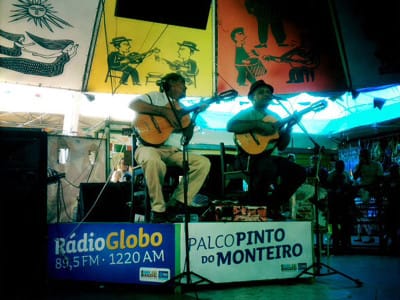 You can find all of those dishes – and much more – at stands like Barracão do Aconchego, Flor do Nordeste, and Maria and Getúlio, which are among the most well known. But really any restaurant you find at the fair will serve you excellent and honest northeastern food.
You can find all of those dishes – and much more – at stands like Barracão do Aconchego, Flor do Nordeste, and Maria and Getúlio, which are among the most well known. But really any restaurant you find at the fair will serve you excellent and honest northeastern food.
The big restaurants are just part of the show. At Feira de São Cristóvão, there are also smaller stands slinging appetizers, beverages and candy, selling such specialties as acarajé, the typical Afro-Brazilian street food of balls made from mashed black-eyed peas and fried in azeite de dendê (palm oil), which is always served by traditionally dressed baianas (Bahian women). We recommend getting the dish with caruru, a thick sauce made from okra, onion, shrimp and toasted nuts.
Once you’re ready for dessert, you can try the coalho cheese, which we love mixed with honey, rapadura candy, made from sugarcane, or cocada candy, made from coconut.
This is all just scratching the surface, however. The northeast is big: It’s composed of nine states, each with its own food and music culture. And accordingly, Feira de São Cristóvão offers seemingly infinite possibilities for exploration. It warrants multiple visits – we recommend going at least a dozen times. However, if you have just a few days in Rio, one visit is okay. But absolutely compulsory.
(top photo by Vinicius Camiza; above photo by Yigal Schleifer)
Published on September 11, 2014
Related stories
May 31, 2017
AthensAs you approach Maroussi by train, it is difficult to imagine that 100 years ago it was full of mansions with lush gardens – some still standing today – olive orchards and vineyards. Situated 13 km north of Athens, Maroussi (AKA Amarousion) was the home of Spyros Louis, the first athlete to win the modern…
February 8, 2023
TokyoNanohana could almost be mistaken for someone’s house if it weren’t for a small lectern, propping open an enthusiastically-scrawled menu. The restaurant is small and discreet, tucked down a side street, where its sandy-colored walls and wooden door with glass panels blends into a charming old neighborhood in Ueno in the east of Tokyo. We…
April 26, 2017
AthensAll the seafood that Mother Sea gives us is well presented and decorated at the Athenian market. Daily fresh fish, delivered from the Greek islands of the Aegean.







































